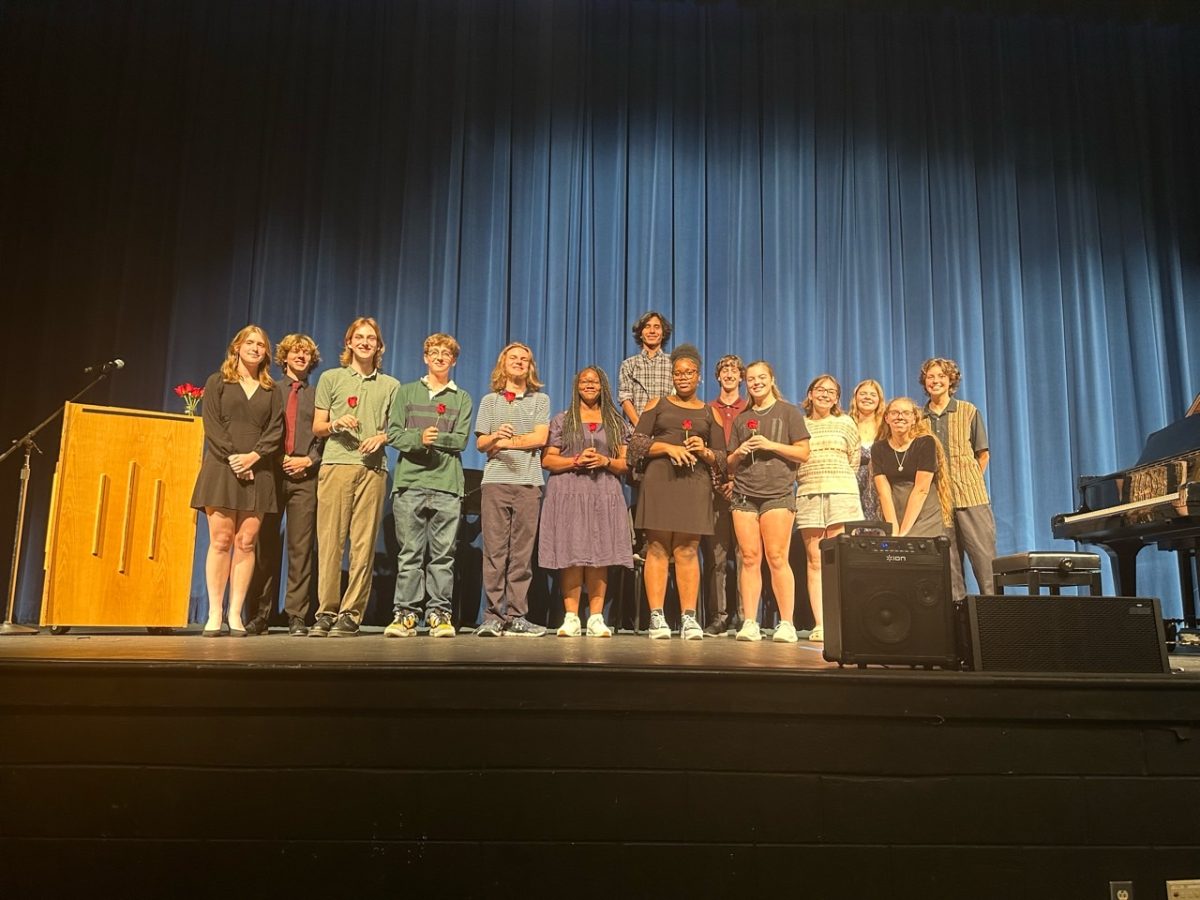
By: Jack Minchew
When tablet computers first began to appear in mid-2010, there was much skepticism that they would catch on. Critics labeled them as either too big or too small, or doubted whether touch screen keyboards would work well enough. The tablets kept coming though, with Apple’s iPad 1 released in March of 2010, quickly followed by Samsung’s Galaxy Tab in November of that year, and the Motorola Xoom in February of 2011. Still more technology companies sought to get a piece of the profit, with Blackberry, Lenovo, and Amazon all releasing their own tablets. With each new release, tablets began to firmly entrench themselves in popular technology. Previous skeptics began to consider how smaller size and intuitive touch screens of tablets, along with easy internet access and massive app markets, might be applied for uses other than as a substitute for a laptop or an oversized smartphone. One suggested use was education.
An AP World history textbook weighs around five pounds. So does an English 10 textbook and an Algebra II textbook. Some books weigh less, like a Spanish III text, that weighed in at just over one lb. By contrast, an Apple iPad 2 weighs 1.3 lbs, and the Amazon Kindle Fire weighs just 14.6 ounces. The weight difference is just one of the many benefits being considered by schools across the world who are considering eliminating printed textbooks in favor of digital e-books. South Korea has already announced a countrywide shift to digital textbooks by 2015. This massive expenditure is expected to cost around 2 billion U.S. dollars. In January, U.S. Secretary of Education Arne Duncan, and FCC Chairman Julius Genachowski recommended that states change decades old policies on textbook purchases to allow taxpayer dollars to be spent on technology like tablets and e-books. “We spend $7 billion a year on textbooks, and for many students around the country, they’re out of date” said Mr. Genachowski. The Virginia Department of Education even launched a pilot program in 2010, which purchased 230 iPads for students to use in Social Studies and AP Biology classes.
Despite all of the positive press that digital textbooks and tablets have received, critics contest that the expensive price tag isn’t justified. “I see a huge problem”, says Robert Carter, a math teacher at Tuscarora known for his use of technology, “you would have to insure that [the student] is accountable for damage and loss. At a time when we are already having problems with the budget; this probably isn’t the best time”. Besides, he continues, “most students don’t look at their textbooks anyway”. Some studies even find that students absorb less information when reading on a computer screen as opposed to paper, such as a recent study from the James Madison University Department of Psychology
When the Loudoun County Public Schools technology plan for 2010-2015 included plans to purchase tablets for high school and middle school students, many critics responded loudly and publicly. School Board candidates pointed to the tablet purchases as examples of wasteful spending. The plan would have allotted around $500 for each tablet. The tablets section was eventually removed from the final technology plan due to the extensive citizen opposition. Many students supported the plan, such as sophomore Brandon Fenner. “I support the plan” he says, “It would give students the chance to use the best technology”. “[Students] could grow used to the technology they will use in the real world” Fenner continued. As for now, Loudoun students will have to deal with the traditional system of printed textbooks and written notes.
Categories:
Use of Tablets in Schools Draws Controversy
March 28, 2012
0
Tags:





